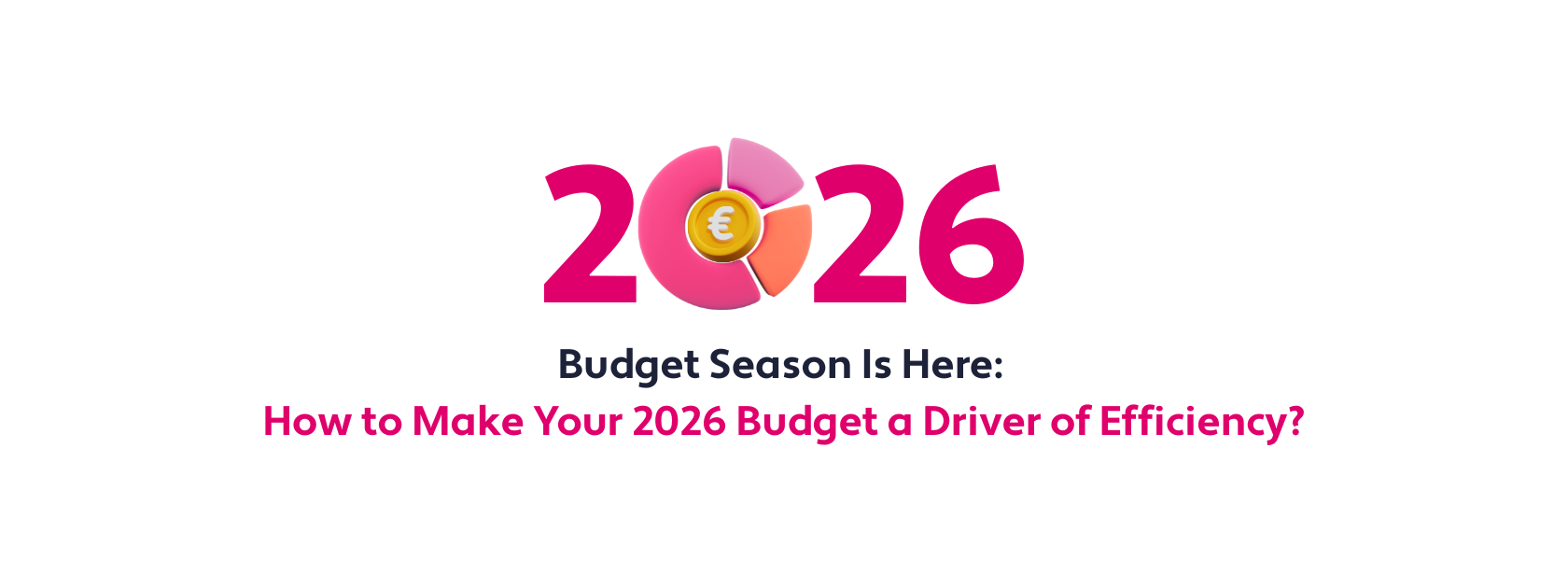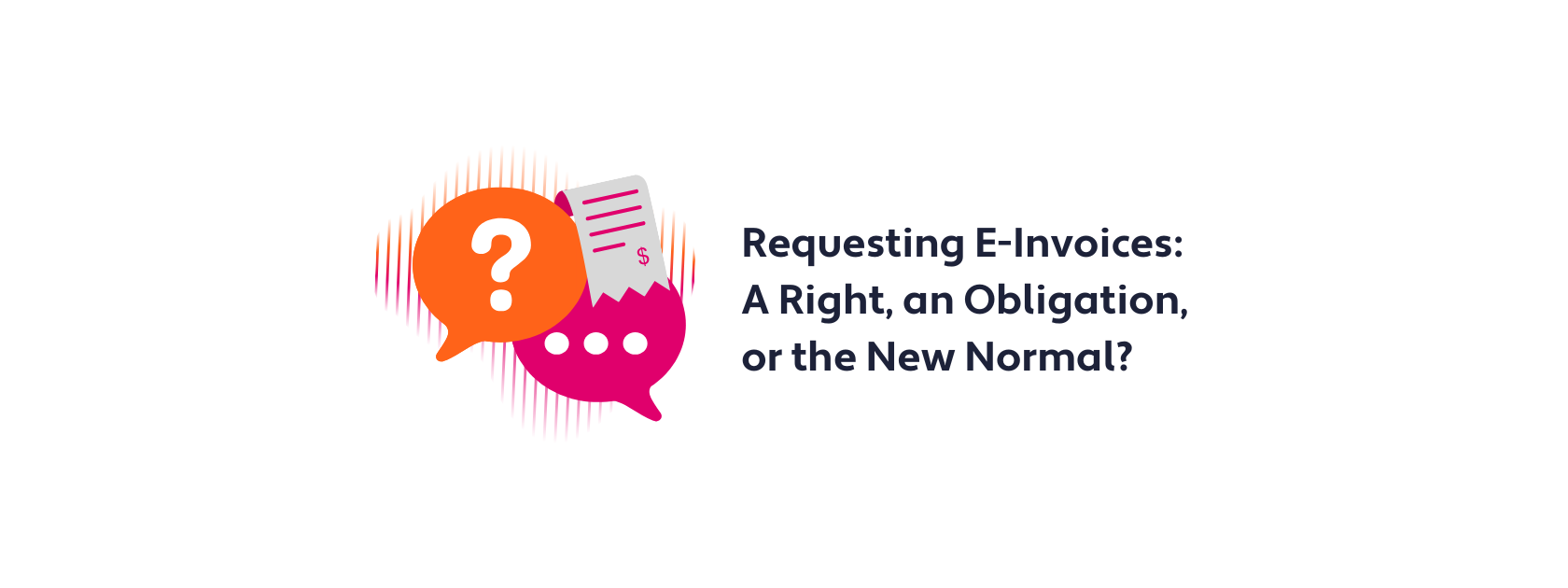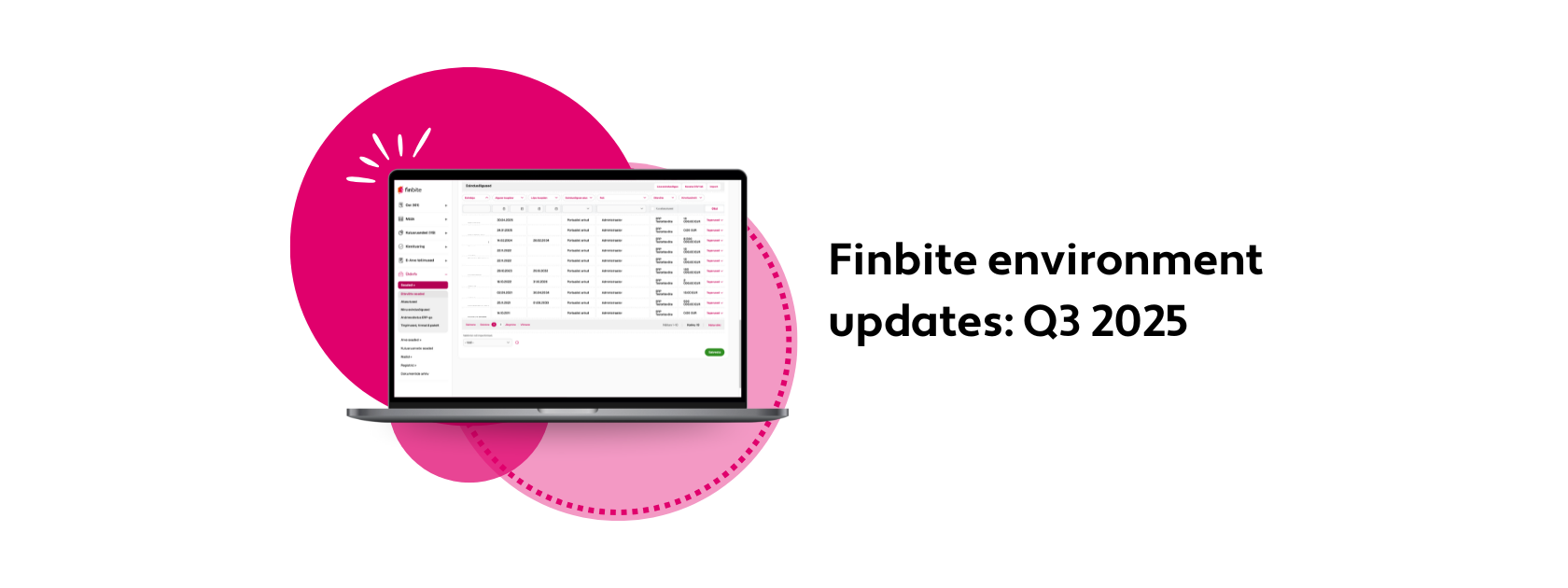
To make accounting more efficient, it is worth reviewing the entire accounting process and identifying various supporting solutions. One area where automation can significantly save time is the digitisation of receipts and the submission of e-expense reports. Thanks to smart solutions it is possible to save time, reduce errors, and simplify the accountant’s workflow.
In this article
Requirements for Receipts and Expense Reports
Receipts and expense reports are important accounting documents that are subject to legal requirements and must be kept for seven years.
Employees may occasionally need to make expenses related to business activities, which the employer will reimburse later. These may include the purchase of work tools, business lunches, taxi receipts, or other business-related expenses. To reimburse such costs, the employee submits an expense report together with a expense document. A receipt can serve as the required proof of payment in the expense report. A receipt is a point-of-sale purchase document that confirms payment for goods or services.
Expense reports are subject to the same requirements as invoices, and typically include the following information:
- the company to whom the expense report is submitted,
- the person submitting the expense report,
- the date on the receipt,
- the document number,
- the type of expense (e.g., transportation, representation, office, accommodation, or other expense),
- VAT and amounts including currency,
- the supplier from whom the goods or services were purchased.
It is recommended to include a brief employee comment to clarify the purpose of the expense.
Methods for Submitting Receipts and Expense Reports
Depending on how accounting is organised within the company, paper receipts, electronic receipts, and structured e-receipts may be used. Expense reports can also be submitted in several different ways. Internally, companies usually have agreed-upon submission deadlines and procedures. Often, a standardised expense report template is used for requesting reimbursement. Increasingly, however, companies are choosing paperless systems with dedicated software solutions that significantly speed up the process and make it more efficient.
Advantages and Disadvantages of Paper Receipts and Paper-Based Expense Reports
Paper receipts and reports are used less frequently due to several disadvantages:
- Receipts and expense documents may get lost or damaged (fade, tear, stain, wrinkle).
- Receipts and expense reports are stored in physical archives. This requires space, takes time, and makes future document retrieval difficult.
- Data entry is time-consuming, and forwarding documents for payment processing takes longer.
- The accountant must enter data manually, which increases the risk of errors.
- Collecting, organising, and delivering papers to the accountant requires unnecessary effort and wastes valuable working time.
- Printing receipts and expense reports has environmental impact: producing paper uses natural resources and creates waste.
- With remote work becoming more common, it may be difficult to deliver paper receipts and expense reports on time.
Advantages and Disadvantages of Electronic Receipts and Expense Reports
Some companies use electronic receipts and reports, where expense reports are created digitally and receipts are scanned or forwarded via email. This reduces the risk of receipts becoming illegible or lost and allows digital archiving.
However, electronic receipts and reports still have drawbacks:
- Entering data into the accounting system still takes time, and forwarding documents for payment processing is not immediate.
- Electronic receipts and expense reports may be sent to the wrong email address or end up in spam folders, requiring time to locate and resolve issues.
- Manual data entry by the accountant can still lead to mistakes.
- Large PDF and image files take up significant storage space in company servers, especially when confirmation involve sending large files by email. If electronic documents are not deleted after the required 7-year retention period, the digital archive’s environmental footprint may grow unexpectedly large.
Advantages and Disadvantages of E-Receipts and E-Expense Reports
An e-receipt is a structured, machine-readable document that includes both invoice and payment information. In the future, e-receipts could transfer directly from the point-of-sale system to the accounting software. Currently, Finbite converts paper or PDF receipts into e-receipts through digitisation.
The use of digitised receipts and e-expense reports has various advantages for employees, accountants, and the company as a whole:
- Photographed receipts stored in the system are preserved in compliance with requirements and can be retrieved at any time if needed.
- Digitisation saves time for both the employee and the accountant, as expense data no longer needs to be manually entered into the accounting software. Once receipts are digital, additional automated services can be used, such as e-expense reporting and digital confirmation circle. Expense reports can be sent to supervisors for confirmation, and confirmation can be given with a single click from any smart device.
- Employees also save time, since submitting e-expense reports is up to six times faster than the methods used before.
- Once receipts are photographed, there is no need to keep, sort, or archive them physically. This paperless solution reduces reliance on physical receipts and supports environmentally friendly operations.
- E-receipts are more secure. With paper receipts, there is a risk of loss and data protection concerns. With a mobile receipt capture app, lost receipts are no longer a problem.
- Using a dedicated expense report app speeds up reimbursements, improving employee satisfaction since reimbursements are processed on time.
- Accountants and managers can track expenses in real time, enabling timely budgeting adjustments.
- E-receipts and e-expense reports are ideal for remote or mobile work environments, allowing documents to be submitted on time regardless of location.
Thus, compared to other approaches, the use of e-receipts and e-expense reports is the most efficient and environmentally and time-saving method.
Awareness and interest in e-receipts and e-expense reports continues to grow every year, and their usage is becoming increasingly common. Companies understand that in addition to making work more efficient, accurate, and simple, such solutions help develop a responsible and forward-thinking corporate image.
Receipt Digitisation with Finbite
With Finbite, business and travel expense receipts can be digitised instantly, saving time for both employees and accountants. Receipt digitisation and expense report submission are available in all paid packets, and the Finbite Finance mobile app is available in Standard and Premium packets. Companies using the Lite packet can also try the service if they do not require full functionality.
How to add a receipt using the Finbite app:
Adding a receipt is simple and fast:
- Open the Finbite Finance mobile application, log in, and select your company. The username and password must be created in the Finbite environment before first use.
- Select “Add receipt” and then “Take a photo” or “Add from gallery.” Take a picture ensuring that all information on the receipt is clearly visible and in focus.
Next, choose either Finbite digitisation or manual data entry.- If you choose digitisation, the receipt will appear under “Pending receipts” within 24 hours if the image is clear and readable. After that, the expense report can be created and submitted to the accountant.
- If you choose manual entry, fill in the fields and save; the receipt will then appear immediately under “Pending receipts.”
- Once the receipt is digitised or manually entered, you can start creating the expense report.
Tips for photographing receipts:
Although photographing receipts is easy and requires no special skills, here are some recommendations for better results:
- Choose a well-lit area.
- Place the receipt on a flat surface.
- Ensure the camera focuses on the receipt.
- Keep your hand steady to avoid blurring.
- Use a camera with sufficient resolution so details remain legible.
- Leave enough empty space around the receipt in the photo to avoid background interference.
- Avoid shadows and reflections.
- After taking the photo, ensure all details are legible.
- If needed, take another picture.
How Long Does Digitisation Take?
Receipts are digitised using automated recognition software combined with manual verification, ensuring 99% accuracy. Sending a receipt for digitisation takes only a few seconds. The necessary information appears in digital form within one working day, often much sooner.
The digitisation process is simple:
- Each company receives a unique email address to which accountants (and partners, if desired) can send PDF files requiring digitisation.
- You can choose whether to digitise all line items or only a summarised total.
- Automated recognition transfers the data into digital form, after which Finbite staff check for possible errors.
- Digitised documents are usually available in the system within one business day.
Submitting an E-Expense Report in Finbite
If using the Finbite mobile app for the first time, download Finbite Finance. The app is available via Google Play (Android) and the App Store (iOS).
Expense report submission via the mobile app:
- Take a photo of the receipt and either enter the information manually or send it for digitisation.
- The digitised receipt is transferred to the accounting system instantly.
- Once the receipt is entered, choose “Create expense report” and select either “Business expense” or “Travel expense.”
- Fill in the required and optional fields.
- Add the relevant receipt from “Pending receipts.”
- Save as a draft or click “Continue” to submit for approval.
- For fastest approval, use the digital confirmation circle. Confirmations can be given from any smart device.
- Once approved, the reimbursement can be processed.
- All documents are stored in a digital archive.
Detailed user guides for submitting expense reports are available on our website.
Finbite Solutions for Modern Accounting
In addition to expense reporting, Finbite also offers solutions such as e-invoicing, automatic reminders, reports, digital archiving, and more. Four service packages are available: free Bilnex by Finbite, Lite, Standard, and Premium. So you can choose the package that suits your company’s needs.
Our service range is continuously expanding, and we are improving existing features. Smart document and accounting automation solutions are the future and an important tool for supporting business growth. You can book an online meeting to explore the Finbite environment and get your questions answered. Support is available through the help center or customer support.





